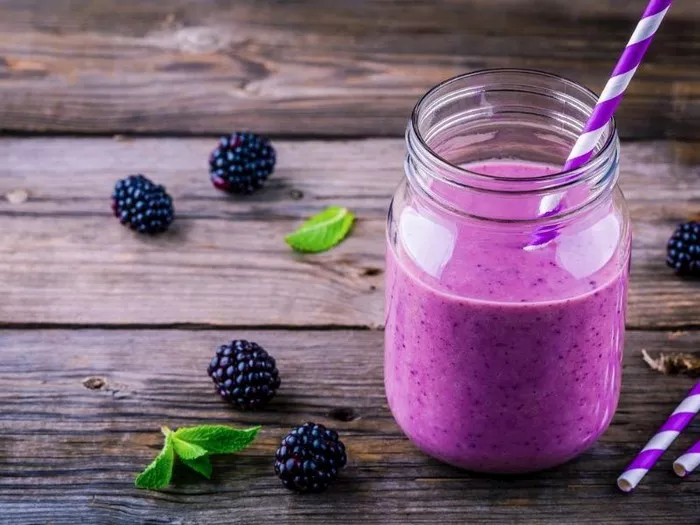Chinese-style fried rice is a beloved dish that combines simplicity with an explosion of flavors. While it might seem like a straightforward dish, the key to creating the perfect fried rice lies in the details. From the preparation of the rice to the stir-frying techniques, every step plays a vital role in achieving that authentic taste and texture. In this article, we will guide you through the process of making Chinese-style fried rice, focusing on the crucial elements that make this dish so special.
SEE ALSO: How to Make Chinese Fried Rice with Shrimp
Preparation of the Rice
This is crucial for creating the perfect texture. The foundation of any good fried rice is the rice itself. The key to achieving that ideal texture—fluffy, slightly firm, and not too sticky—starts with selecting the right type of rice and cooking it properly.
Choosing the Right Rice
For Chinese-style fried rice, medium to long-grain rice is typically preferred. Jasmine rice is a popular choice due to its fragrant aroma and perfect texture when cooked. Avoid using short-grain rice, as it tends to be too sticky for fried rice.
Cooking the Rice
The rice should be cooked with slightly less water than usual to ensure it is not too soft. A common ratio is 1 cup of rice to 1.75 cups of water. After cooking, spread the rice on a baking sheet or a large plate to cool. This helps to dry out the rice, preventing it from becoming mushy when stir-fried. For best results, use rice that has been refrigerated overnight. Day-old rice is slightly dried out, making it ideal for fried rice as it absorbs the flavors better and retains its structure during stir-frying.
Ingredients and Their Role
Highlight the essential ingredients and their contribution to the flavor, texture, and appearance of Chinese fried rice. The beauty of fried rice lies in its versatility, but certain ingredients are essential for achieving the authentic flavor and texture.
Basic Ingredients
Rice: As mentioned earlier, the rice is the base of the dish, providing bulk and absorbing the flavors of the other ingredients.
Vegetables: Common vegetables include carrots, peas, corn, and onions. They add color, texture, and a hint of sweetness to the dish.
Protein: Fried rice often includes proteins like eggs, chicken, shrimp, or pork. These add richness and make the dish more filling.
Aromatics: Garlic and ginger are essential aromatics that infuse the rice with depth and a fragrant aroma.
Sauces: Soy sauce and oyster sauce are the primary seasonings, providing the signature umami flavor and a touch of sweetness.
Optional Ingredients
Green Onions: For a fresh, slightly pungent flavor.
Sesame Oil: Adds a nutty aroma and richness.
Bean Sprouts: For extra crunch.
Chilies: For a spicy kick.
Stir-Frying Techniques
Provide detailed instructions on using a wok or a frying pan to create the signature “wok hei” (smoky flavor). The process of stir-frying is what sets Chinese fried rice apart from other variations. The key lies in high heat, quick cooking, and constant stirring.
Using a Wok
A wok is the preferred cooking vessel for making fried rice. Its shape allows for even cooking and easy tossing of ingredients, which helps to achieve that signature “wok hei” or smoky flavor. If you don’t have a wok, a large frying pan will work, but make sure it’s preheated thoroughly before adding any ingredients.
The Stir-Frying Process
Preheat the Wok: Heat the wok over high heat until it starts to smoke slightly. This ensures that the ingredients will cook quickly and evenly.
Add Oil: Use a high smoke point oil like peanut or vegetable oil. Swirl the oil around to coat the sides of the wok.
Cook the Aromatics: Start by adding finely chopped garlic and ginger. Stir-fry for a few seconds until fragrant.
Cook the Protein: If using raw protein like chicken or shrimp, add it next. Stir-fry until just cooked through, then remove from the wok and set aside.
Cook the Vegetables: Add the vegetables to the wok and stir-fry for a minute or two until they are crisp-tender.
Add the Rice: Push the vegetables to the side and add the rice. Break up any clumps and stir-fry for a few minutes, allowing the rice to absorb the flavors and develop a slightly crispy texture.
Season: Add soy sauce, oyster sauce, and any other seasonings. Toss everything together until the rice is evenly coated.
Combine Everything: Add the protein back to the wok, along with scrambled eggs if using. Toss to combine all the ingredients.
Key Flavors
Explain the use of soy sauce, oyster sauce, and other seasonings to achieve the authentic savory and umami flavors. The sauces and seasonings used in Chinese-style fried rice are what give it that distinctive savory taste.
Soy Sauce
Soy sauce is the primary seasoning in fried rice. It adds saltiness and a deep umami flavor. Light soy sauce is preferred for its milder flavor and lighter color, which doesn’t overpower the dish.
Oyster Sauce
Oyster sauce adds a sweet and savory richness to the rice. It has a thicker consistency and a more intense flavor than soy sauce, contributing to the overall depth of the dish.
Additional Seasonings
White Pepper: Adds a subtle heat and aroma without overpowering the other flavors.
Sesame Oil: A few drops added at the end enhance the nutty flavor and aroma.
Salt: If needed, a pinch of salt can be added to taste.
Conclusion
Chinese-style fried rice is a dish that, while simple at first glance, requires attention to detail to truly perfect. By carefully preparing the rice, using quality ingredients, mastering the stir-frying technique, and thoughtfully garnishing the dish, you can create a meal that is not only delicious but also visually appealing. Whether you’re making it as a quick weeknight dinner or serving it at a special occasion, this guide will help you achieve that authentic taste and texture every time.
Related Topics:























